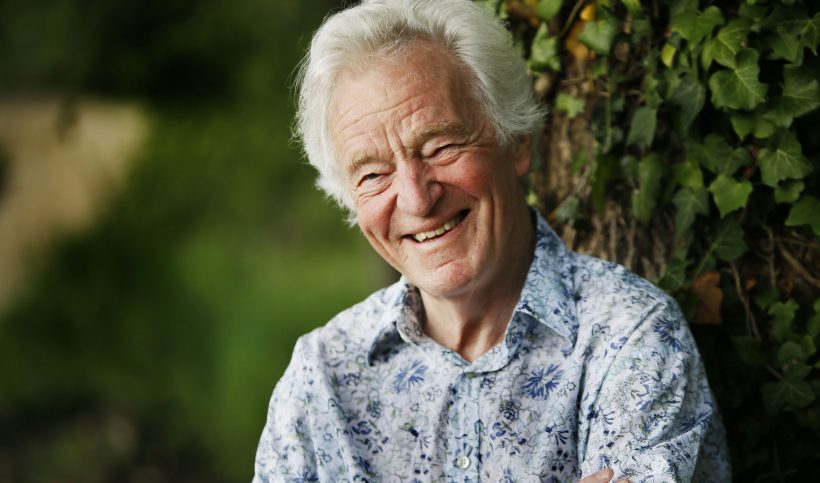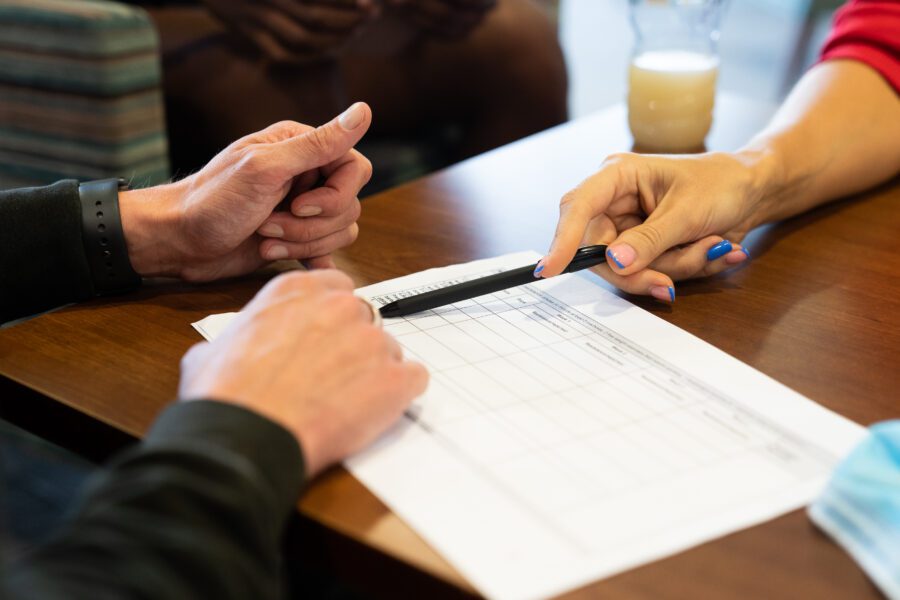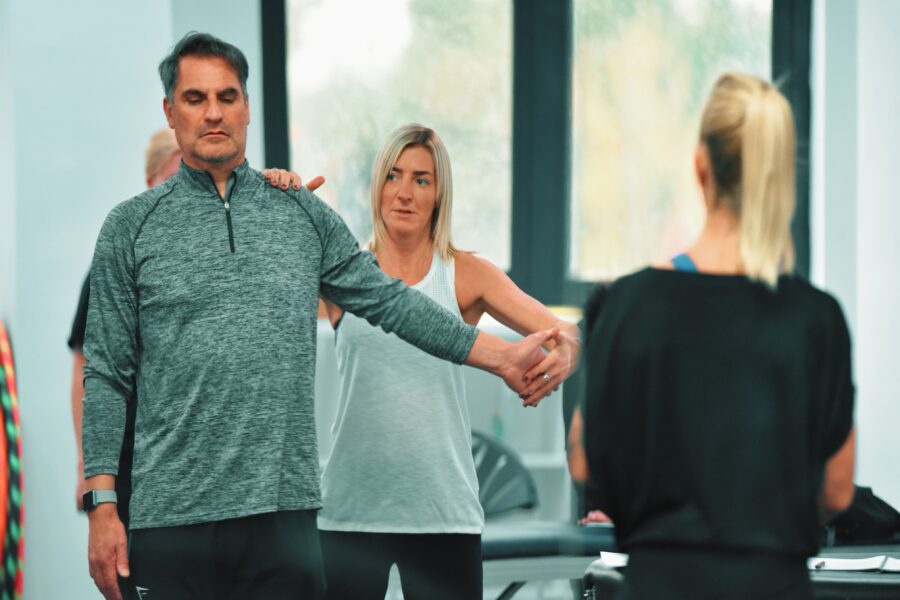

Working with older adults to help them hit their fitness goals is a rewarding part of being a fitness professional. You can make a difference in your client’s lives by helping build confidence, muscle and reducing their chance of injury from falls and inactivity. As the population ages, trainers must learn the vital skills to support this growing age group.
We are excited to announce that we have Partnered with Professor Sir Muir Gray (eminent public health professional and internationally renowned authority on clinical knowledge and healthcare systems) to bring Future Fit students a unique course specifically to help them gain this essential skillset Living Longer Better.
Read on to learn more about the ageing process and what that means for fitness levels.
This blog includes:

“The term ‘ageing’ is used in many ways. However, it is used to describe the normal biological process or, perhaps more accurately, processes that affect every species.
There is no denying that ageing takes place and that it has two principal effects:
The loss of resilience or reserve needs to be considered by everyone over the age of forty. However, ageing alone did not cause major problems until the late nineties. The issues that affect people in their fifties, sixties, seventies, and eighties are not due to ageing but to three other factors:

It is difficult to find a single definition of ‘loss of fitness’, but there is general agreement that there are two effects:
Judging how fit someone is can best be done by giving them an appropriate challenge. The less fit an individual is, the greater the challenge’s impact and the longer they take to recover. It is important to note that these effects from the fitness challenges can be the same as ageing effects. It is for this reason that the medical profession, until very recently, has confused what is called ‘ageing’ with what is called ‘loss of fitness’ and blamed ageing for many of the changes that take place.
Sarcopenia, for example, sounds like a disease such as rheumatoid arthritis. However, it simply means thinning muscle. Some muscle thinning occurs because of ageing, but most of it occurs because of sitting. Everyone develops ‘sarcopenia’ from the time they get their first sitting job unless they take action, and the same goes for osteoporosis (thinning of the bones).
Thus, a fitness gap opens every year, and the fitness gap gets wider every year.
The good news is that there is no upper age limit for increasing fitness.
1. Strength
2. Stamina
3. Suppleness
4. Skill
Sometimes adding a fifth S, namely psychological (to the groans of the audience!)

Everyone is ageing and living longer and needs to become fitter. Because of the effects of the normal ageing process, everyone needs to do more every year, not less, to maintain a good fitness level.
To help trainers prepare to work with this ageing population, as mentioned in the introduction, we have created a new Living Longer Better Course in partnership with Sir Muir Gray. This unique Course covers the important skills fitness professionals will need to develop to help older adults hit their fitness goals and maintain the 4 S’s into their 80’s and 90’s.